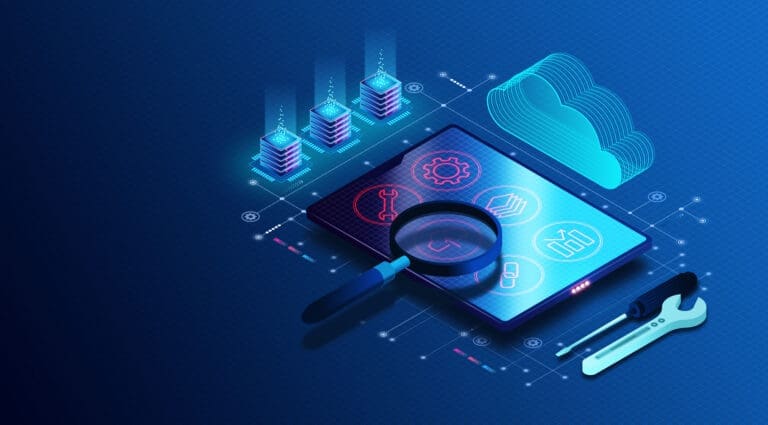
The decision to migrate an application to the cloud is not as difficult today as it was when the cloud was still an emerging technology. Despite challenges with security and integration with corporate systems, Software as a Service (SaaS) has become the advisable choice for many tactical IT services.
Indeed, according to IDG’s 2016 Enterprise Cloud Computing Survey, 70% of organizations have at least one application in the cloud, showing that the promises of accessibility, usability and simplicity of deployment have delivered exceptional value for even the largest companies.
However, SaaS application migrations are not without challenges. There are differences between SaaS-based solutions and traditional on premise solutions. These differences need to be understood in order for organizations to align their migration effort to business use cases. Because the characteristics and constraints of SaaS applications contrast sharply with the needs of predecessor applications, the models IT traditionally uses to deploy enterprise applications will have blind spots. Whether your company prefers waterfall or agile principles, these migrations require a tailored implementation approach and support structure.
Unfortunately, many organizations get taken in by the polished promises of SaaS providers in the sales stages and fail to recognize these challenges or underestimate them. Five pitfalls are common, most grounded in assumptions that a SaaS solution will deliver functionality ’off-the-shelf’ in a manner seen in demos that does not take into account the differences between on premise and SaaS solutions or the complexity of integrated systems and processes.





